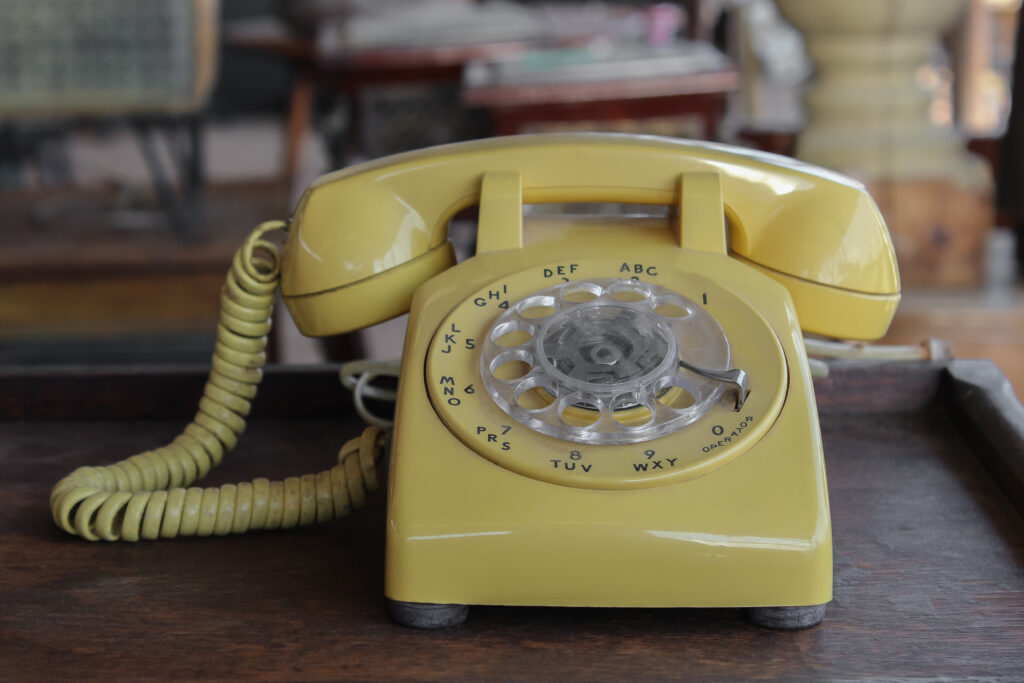As a UC Berkeley graduate, I never thought I’d type these words, but okay: Go Wesleyan!
Wesleyan University, a small, elite college in Middletown, Connecticut, costs about $85,000 a year, including room and board and sundries. On Wednesday, it announced that, in the wake of the recent Supreme Court decision ending race-based affirmative action in higher education (and possibly elsewhere), it would finally ditch legacy admissions, the practice of giving a preference to applicants whose parents—and in some cases grandparents, siblings, and other relatives—attended the school in question. It’s a practice that amounts to affirmative action for children of privilege.
The long history of racial exclusion in US higher education ensures that legacy admits are dominated by well-off white kids.
Johns Hopkins and Amherst also ended legacy admissions in recent years, and MIT ditched them more than a decade ago. (“If you got into MIT, it’s because you got into MIT. Simple as that,” one admissions staffer noted in a 2012 blog post.) But all of the Ivy League colleges, and the majority of so-called Ivy Plus schools (the traditional Ivies plus the likes of Duke, MIT, and Stanford) still use them. In fact, a 2018 survey of admissions directors by Inside Higher Ed found that 42 percent of private colleges and 6 percent of public ones gave an admissions boost to children of alumni, and sometimes to grandchildren and siblings. Children of faculty may also get special consideration, as they do at Harvard.
Legacy admissions, if it even need be said, are unfair, unpopular, and un-American—or at least run contrary to the ideals of the America we mythologize. I poked that alligator in an earlier piece about how the Ivies are grappling with their slavery ties. And whatever you think of affirmative action, legacy admissions look even less fair when you outlaw preferences for underrepresented minority applicants. That’s because the history of racial exclusion in US higher education ensures that the legacy admits at most elite schools, deserving or not, are dominated by well-off white kids. From that earlier piece:
For the classes of 2000 through 2019, Harvard’s average legacy acceptance rate was about 34 percent, compared with 6 percent for non-legacies, according to
an analysis commissioned by an (ironically) anti-affirmative action group that is challenging Harvard’s admissions policies in court. At Stanford, the legacy admissions rate is
about three times the non-legacy rate. At Dartmouth, which also has legacy admissions,
15 percent of the class of 2025 are children of alumni.
The Daily Princetonian, Princeton’s campus paper,
reported that just 2 percent of the 35,370 students applying for the class of 2022 were legacies, but nearly one-third of them were accepted. That’s compared with an overall admissions rate of 5.5 percent, 6.2 percent for students of color. The resulting class was more than 14 percent legacy students. In his 2016 book,
The Price of Admission, Pulitzer Prize-winning journalist Daniel Golden wrote that elite private colleges, as a condition of their tax-exempt status, are prohibited from engaging in racial discrimination, yet the legacies who suck up slots at the expense of other qualified students are overwhelmingly wealthy and white.
Indeed, in a survey of
incoming Class of 2025 freshmen by Harvard’s paper, the Crimson, 15.5 percent of the students reported that one or both of their parents were alumni. The Crimson also found:
Approximately 18.8 percent of surveyed white students reported legacy status, compared to 6.1 percent among African American or Black freshmen, 9.1 percent among Hispanic or Latinx students, and 15.1 percent among Asian students.On average, legacy students reported a higher family income than that of their non-legacy classmates. Roughly 30.9 percent of legacy students reported a combined parental income of more than $500,000. Only 12.6 percent of non-legacy students said the same.
Why do legacies persist? The optics, after all, are atrocious. “Back in the old days,” Matt Feeney wrote in the New Yorker after Amherst ended legacy admissions in 2021, “the rich kids probably liked having a few smart kids from the lower classes around, or at least conceded that they were necessary. The raw bookishness of the smart kids ratified the larger enterprise that they were all participating in—it was a college, after all. But now that the aristocrats are siphoning status from the meritocrats, the social bargain is starting to look like a bad one.”






